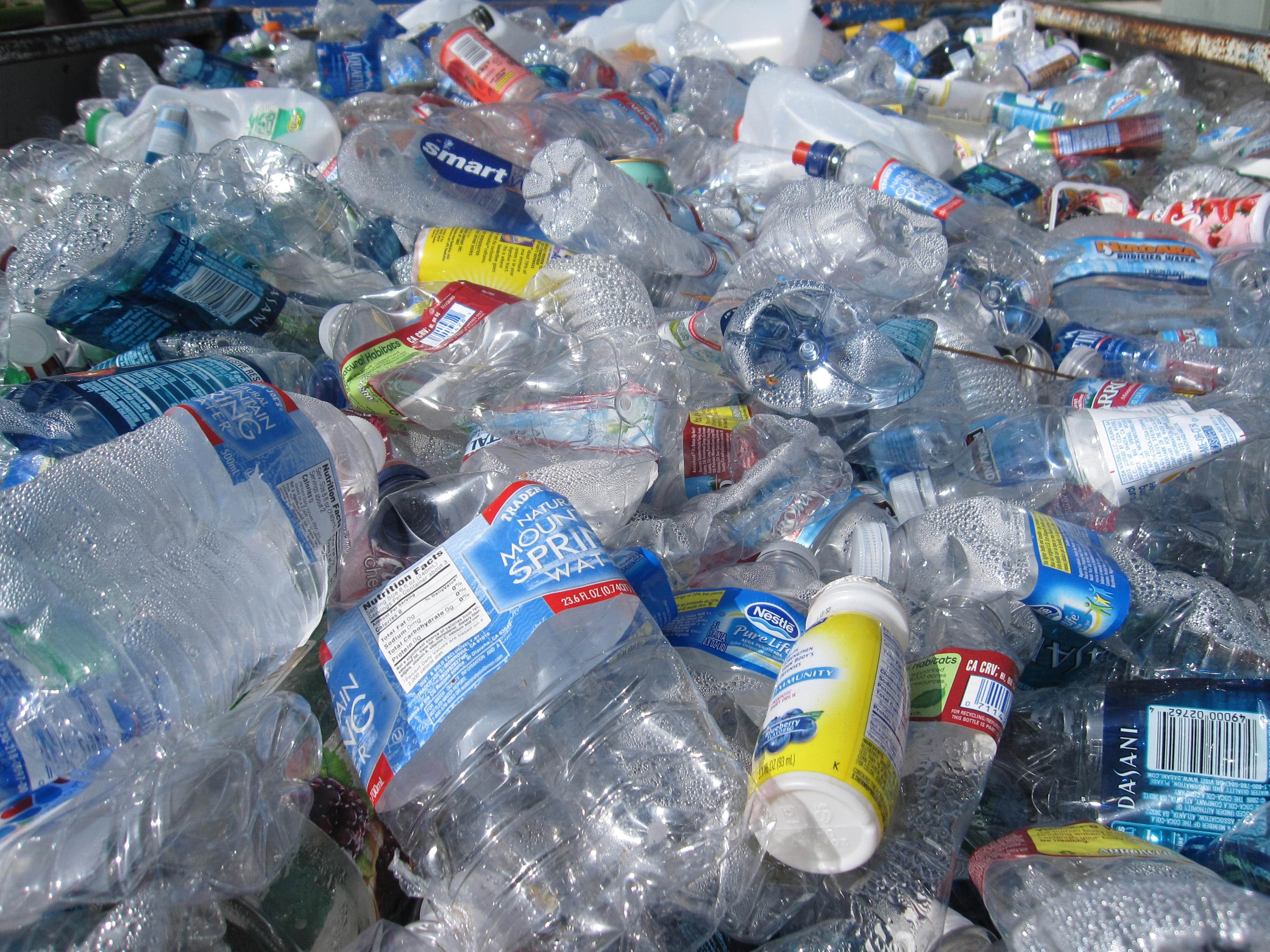Microplastics are tiny pieces of plastic or plastic particles that measure less than 5mm in size, and they are ubiquitous in our environment. They can be found in everything from our food to the air we breathe, and they can have serious harmful effects on our health in several ways.
Microplastics can be harmful to our health for several reasons:
- Size – Microplastics are tiny particles that can range in size from less than 1 micron to 5 millimeters. These small sizes can make it easier for them to enter the human body, including through inhalation, ingestion, and skin absorption.
- Toxic Chemicals – Microplastics can also absorb and release toxic chemicals. They can contain a variety of harmful chemicals, such as pesticides, heavy metals, and other industrial chemicals. When we ingest or inhale microplastics that contain these chemicals, they can be released into our bodies, potentially causing harm.
- Inflammation – One of the most significant ways microplastics can harm our health is through chronic inflammation. Microplastics can enter our bodies in several ways, including inhalation, ingestion, and skin absorption. Once inside, they can trigger an immune response that leads to chronic inflammation. This inflammation can contribute to a range of health problems, including cardiovascular disease, autoimmune disorders, and even cancer.
- Disruption of Hormones – Another way microplastics can harm our health is by disrupting our hormones. Some microplastics contain chemicals that can mimic hormones in the body, disrupting the endocrine system and potentially causing reproductive problems, obesity, and other health issues. These chemicals are known as endocrine disruptors, and they can interfere with the body’s natural hormone balance.
- Immune System Effects – In addition to these health effects, microplastics can also weaken the immune system, making individuals more susceptible to infections and diseases. The ingestion of microplastics has also been linked to nutrient deficiencies, as they can interfere with the absorption of essential nutrients in the body.
- Intestinal Blockage – Ingestion of microplastics can cause intestinal blockage and potentially lead to gastrointestinal problems.
So, where do microplastics come from?
Microplastics can be found in a wide range of places, including bottled water, personal care items, cleaning products, and synthetic fabrics. They can also be released into the environment through littering, improper waste disposal, and industrial processes.
Because microplastics remain in our environment, they can even be found in our drinking water and tap water. Due to the volume of tap water required for humans to function, this can pose a serious health risk if microplastics aren’t removed from water first.
One of the most significant sources of microplastics is plastic pollution in our oceans. Plastic waste in the ocean breaks down into smaller and smaller pieces over time, eventually becoming microplastics that can be ingested by marine life. These microplastics then make their way up the food chain, potentially harming the health of the animals and humans who consume them.
To minimize our exposure to microplastics, there are several steps we can take.
- Reduce our use of single-use plastic products, such as straws, plastic bags, and plastic water bottles.
- Choose products made from natural materials, such as cotton or bamboo, instead of synthetic materials that shed microplastics when washed.
- Use a water filter pitcher that removes microplastics and other contaminants from tap water. The LARQ Pitcher PureVis™ not only removes microplastics and BPA, but it also removes chlorine, lead, heavy metals, PFAS/PFOA and more.
- Support efforts to reduce plastic pollution, such as beach cleanups and plastic bag bans.
- Support nonprofit organizations like Oceana to eliminate plastic at the source. Every LARQ purchase helps Oceana work towards restoring our oceans and eliminating plastic once and for all.
- Recycling is another way to reduce plastic waste and prevent it from entering the environment—although, eliminating as much as you can is still the best way to improve the environment.
In conclusion, microplastics are harmful to our health in several ways, including chronic inflammation, disruption of hormones, and absorption of toxic chemicals. They are found in a variety of products and are present in our food, water, and air. However, by taking steps to reduce our use of plastic and support efforts to reduce plastic pollution, we can minimize our exposure to microplastics and protect our health.
